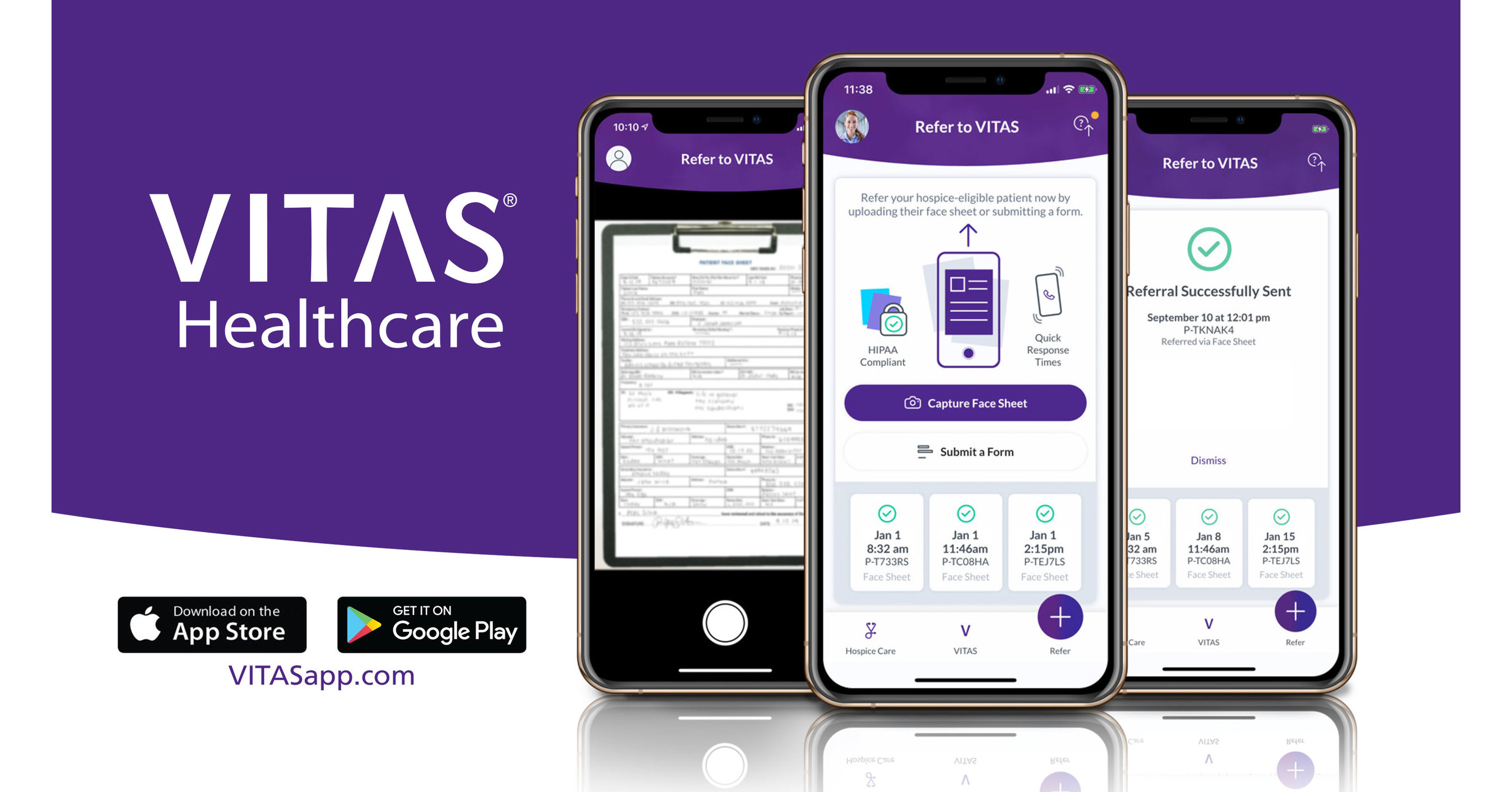
Your loved one may be able to live longer by using homecare. This can increase their mental and physical health. They can also feel more secure in their own homes.
In addition to providing medically-based care, home care can also provide companionship and social interaction. It can be hard for senior citizens to get along with other people in a normal day. Home care agencies can assist seniors with their Activities of Daily Living (such as dressing, bathing, or grooming). They can also help with wound care and physical therapy. Many agencies offer enrichment programs such as walking and word games for seniors.
Remember that you must ensure that your agency has all necessary equipment and personnel to provide home care. A reliable provider will have a list of all available services and an estimated time frame. If you are paying for home care for a loved one, you may be eligible for a tax credit. A good financial advisor can also help you determine if you can use assets for care.

It is important to assess the needs of your loved one. Personal care assistance may be needed by those with disabilities, while people with limited mobility will need help to shower and prepare meals. You may also need care on the weekends, which is why it is important to choose a provider that can provide all the services you need.
Your loved one can be assisted with daily tasks. Home care can also offer companionship, social interaction, safety enhancements, and support to make your home a more comfortable place. It can also alleviate the stress and strain that family caregivers experience. This stress can lead both to work-related and personal problems. A trusted home care agency will ensure that your loved ones are able to continue living independently for as long as they can.
Medicare doesn't usually cover home care. Your loved one could be eligible to receive assistance through Medicaid, Social Security or other third-party resources. Medicaid regulations can vary from one state or another, and waivers may have additional eligibility criteria. Your state's Medicaid agency can help you determine if your family is eligible for home health care.
Medicare-certified home healthcare agencies must also meet certain standards. These agencies may provide skilled nursing care, physical therapy, or home health aides. A plan of care should be developed and maintained by these agencies. You may be eligible for durable medical equipment. You can use your Medicare card to pay for these services if you have one.

The best way to determine if your loved one needs home care is to ask them. They may have done a needs analysis or asked a doctor to refer them. Talking with a SHIP advisor to answer your Medicare questions is a good idea.
FAQ
How can I become a creative professional in the field of health?
There are many paths to creative health professionals. Some people start off as students. Others begin their careers in other areas such as engineering or business.
Some opt to study a course that focuses on a specific topic, such management, leadership or health policy. Some choose to elective courses that examine different perspectives on health or health care.
No matter your chosen path, you'll be able to learn about health topics and health care through readings, discussions in groups, assignments and projects, as well as lectures and readings. There are workshops, conferences, as well as seminars.
You will be able to communicate with patients, colleagues, and clients once you've completed the program.
You may even pursue a doctorate.
What are the health care services?
A health care provider is a medical institution that offers healthcare services for patients. A hospital is one example of a health care facility. It typically contains many departments such the emergency room, intensive care unit and operating room.
How can we improve our health care system?
Our health care system can be improved by ensuring everyone gets high-quality care regardless of where they live and what type of insurance they have.
So that children don't get preventable diseases, like rubella, measles and mumps (MMR), we need to ensure that they all receive the required vaccinations.
We must keep working towards reducing the costs of healthcare and ensuring that it remains easily accessible for all.
Statistics
- About 14 percent of Americans have chronic kidney disease. (rasmussen.edu)
- The healthcare sector is one of the largest and most complex in the U.S. economy, accounting for 18% of gross domestic product (GDP) in 2020.1 (investopedia.com)
- Foreign investment in hospitals—up to 70% ownership- has been encouraged as an incentive for privatization. (en.wikipedia.org)
- Over the first twenty-five years of this transformation, government contributions to healthcare expenditures have dropped from 36% to 15%, with the burden of managing this decrease falling largely on patients. (en.wikipedia.org)
- For the most part, that's true—over 80 percent of patients are over the age of 65. (rasmussen.edu)
External Links
How To
What are the four Health Systems?
Healthcare systems are complex networks of institutions such as hospitals and clinics, pharmaceutical companies or insurance providers, government agencies and public health officials.
The overall goal of this project was to create an infographic for people who want to understand what makes up the US health care system.
These are the key points
-
Healthcare spending is $2 trillion annually, representing 17% of the GDP. It's nearly twice the size as the entire defense budget.
-
Medical inflation reached 6.6% in 2015, which is more than any other consumer group.
-
Americans spend an average of 9% on their health costs.
-
As of 2014, there were over 300 million uninsured Americans.
-
Although the Affordable Healthcare Act (ACA), was passed into law, implementation has not been completed. There are still major gaps in coverage.
-
A majority of Americans believe that the ACA should continue to be improved upon.
-
The US spends the most money on healthcare in the world than any other country.
-
Affordable healthcare would lower the overall cost by $2.8 Trillion annually if everyone had it.
-
Medicare, Medicaid, and private insurers cover 56% of all healthcare spending.
-
These are the top three reasons people don’t get insured: Not being able afford it ($25B), not having enough spare time to find insurance ($16.4B), and not knowing anything ($14.7B).
-
There are two types: HMO (health maintenance organisation) and PPO [preferred provider organization].
-
Private insurance covers most services, including doctors, dentists, prescriptions, physical therapy, etc.
-
The public programs cover outpatient surgery as well as hospitalizations, nursing homes, long term care, hospice, and preventive health care.
-
Medicare is a federal program providing senior citizens health coverage. It pays for hospital stays and skilled nursing facility stays.
-
Medicaid is a program of the federal and state governments that offers financial assistance to low-income people and families who earn too much to be eligible for other benefits.